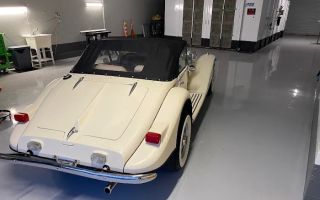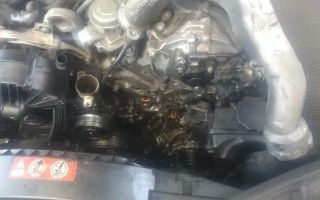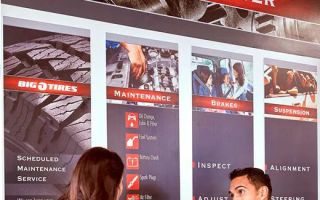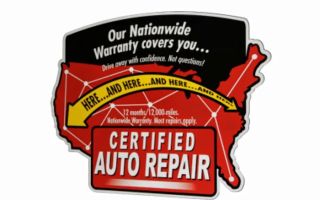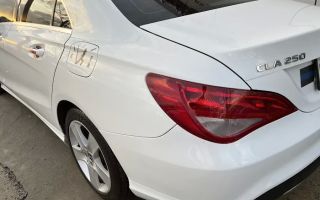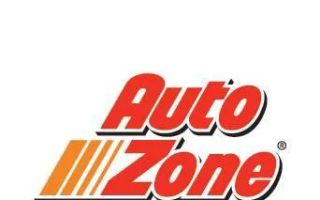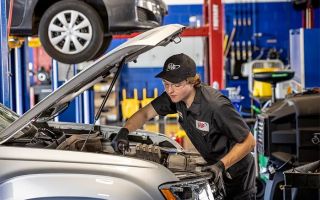How to Fix a Car That’s Hard to Start in Cold Weather
There’s something about winter that seems to put our cars to the test. It’s frustrating when you hop into your vehicle on a chilly morning, turn the key (or push the start button), and the engine struggles to turn over—or worse, doesn’t start at all. If this sounds familiar, you’re not alone. Many drivers face hard starting issues in cold weather, but with the right knowledge, you can troubleshoot and fix the problem yourself or know when to get professional help. Let me walk you through the common causes of cold start issues and how to resolve them so you can keep your car running smoothly through the winter months.

Walter's Auto Repair
5508 Atlantic Ave, Long Beach, CA 90805, USA
1. The Battery: Cold Weather’s Worst Enemy
The first thing I check whenever my car has trouble starting in the cold is the battery. Cold temperatures have a notorious effect on car batteries, which rely on chemical reactions to generate electricity. When the temperature drops, the battery’s capacity to produce power diminishes. In fact, your car’s battery can lose up to 60% of its starting power in freezing weather.
If you notice your car struggling to start, especially if it’s taking longer than usual or if the engine cranks slowly, the battery is the first thing to check. You can either try to jump-start the car with jumper cables and another vehicle (following the correct procedures for safety) or use a portable jump starter. However, if the battery is old or has been showing signs of weakness even before the cold weather hit, it might be time to replace it entirely.
Another common battery issue in the cold is corrosion on the battery terminals. Corrosion can build up over time, especially if your car sits for long periods without being driven in the winter months. This build-up can impede the flow of electricity, making it harder for the car to start. Cleaning the terminals with a mixture of baking soda and water can help resolve this issue. Just be sure to disconnect the battery before cleaning, and remember to reconnect it properly afterward.

Smart Start Ignition Interlock
8013 Astoria Blvd, East Elmhurst, NY 11370, USA
2. The Starter Motor: A Cold Weather Culprit
If the battery seems fine, but you’re still hearing strange noises or the engine cranks sluggishly, the starter motor could be the issue. The starter motor is responsible for turning the engine over when you start the car. In cold weather, the motor can seize up, especially if it’s already worn or malfunctioning. Moisture and grime can also build up on the starter, further hindering its performance.
If you suspect that the starter motor might be the issue, it’s best to get it checked by a mechanic. If your starter is faulty, it might need to be replaced. If it’s only a minor issue, a mechanic might be able to clean and lubricate the motor to improve performance. In some cases, the solenoid attached to the starter might also be the culprit, so it’s worth having it all inspected.
3. The Fuel System: Cold Weather Challenges
Another reason your car might be hard to start in the winter is related to the fuel system. Cold weather affects the fuel delivery process, particularly with older vehicles that might have worn fuel pumps or injectors. When temperatures drop, fuel can become more viscous, which means the engine may not get the right amount of fuel at the right time, leading to hard starting or even stalling.
In some cases, you might notice that your car takes longer to start in the cold but eventually fires up once the engine warms up. This can be a sign of issues in the fuel delivery system. One way to prevent this problem is by using fuel additives designed for winter weather. These additives help reduce the risk of fuel line freezing and make it easier for the fuel to flow through the system when it’s cold. You can find these additives at most auto parts stores, and they’re easy to add to your tank.
In more severe cases, your fuel pump or fuel injectors may need professional attention. A fuel pump that’s starting to fail can make it harder for the engine to get the fuel it needs, especially in extreme temperatures. If you notice a significant delay in starting or strange engine performance during cold weather, this could be the issue.
4. The Oil: Thick Oil and Hard Starts
Did you know that the oil in your car can make starting difficult in cold weather? Oil gets thicker in lower temperatures, which makes it harder for the engine to turn over. If you’re using the wrong type of oil for winter conditions, it could be contributing to your hard starting problems.
To prevent this issue, make sure you’re using the right grade of oil for your vehicle and the climate you’re in. Many modern cars come with synthetic oils that are designed to flow better in cold weather, but it’s still important to check your car’s manual to confirm the correct oil viscosity. For example, if you live in an area that regularly sees temperatures below freezing, it’s a good idea to switch to a thinner oil (like a 5W-30) during the colder months.
If your car is older and uses conventional oil, you might want to switch to synthetic oil for the winter. Synthetic oil performs better at lower temperatures, allowing the engine to start more easily in the cold. Regular oil changes are also critical, as old, dirty oil can contribute to sluggish starts and decreased engine performance.
5. The Ignition System: Spark Plugs and Wires
Sometimes the issue with hard starts in the cold has to do with the ignition system. Spark plugs and wires are responsible for igniting the fuel in the engine, and if they’re worn or damaged, the engine might not start properly, especially in colder temperatures. When it’s cold outside, the electrical components in the ignition system have to work harder to create a spark. If they’re not in good condition, the car can struggle to start.
Inspecting the spark plugs and wires is an easy DIY task for many car owners. If you notice any corrosion on the spark plugs, or if the spark plugs look worn out or fouled, replacing them might solve your cold start problems. Additionally, check the ignition wires for signs of wear or cracks. Old or damaged wires can cause misfires and poor engine performance, particularly when temperatures drop.
6. The Alternator: Keeping the Battery Charged
While the alternator’s main job is to charge the battery while the engine is running, it’s also critical for providing power to the vehicle’s electrical system. If the alternator is failing or not charging the battery properly, you might find that your car struggles to start—especially in cold weather. A weak or dead battery can make cold starts much harder, and if the alternator is at fault, the problem will likely worsen over time.
If you suspect the alternator is the issue, the best course of action is to have it checked out by a mechanic. They can run diagnostic tests to determine whether the alternator is operating correctly. If it’s not, you might need a replacement, which could solve your cold starting problems.
7. Preventing Cold Start Issues: Tips for Winter Driving
Now that you know the common causes of hard starts in cold weather, here are some preventive measures to avoid facing these issues altogether:
- Keep your battery in good shape: Check the battery voltage regularly and replace it every 3-5 years, depending on its condition.
- Use a battery warmer: In extremely cold climates, a battery warmer can help maintain battery performance and prevent freezing.
- Store your car in a garage: Whenever possible, store your car in a garage or sheltered area to keep it out of the cold. This can prevent some of the issues caused by freezing temperatures.
- Warm up your car: Allowing your car to idle for a few minutes before driving can help warm up the engine and prevent stalling.
If your car continues to struggle with cold starts despite these steps, it’s a good idea to reach out to a professional for assistance. For roadside help in emergency situations, or if you simply need a jumpstart or battery replacement, Rescue & Towing can be of assistance. They’ll help you troubleshoot and get your vehicle back to optimal performance.


